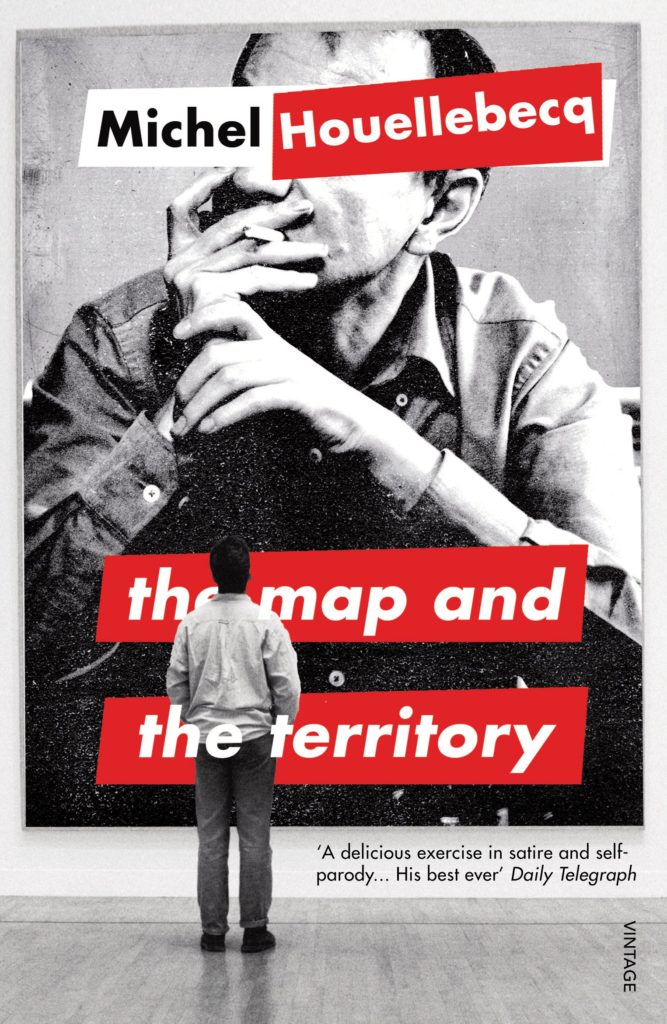 The Map and The Territory is a pastiche in the true sense of the word. Using Wikipedia, maps, quotes, and works of art – and even a fictional version of himself, playing himself – Houellebecq’s fifth novel nearly got him into trouble for plagiarism. This is meta, because in the book the protagonist Jed Martin is a heralded modern artist famous for cutting up and collaging Michelin roadmaps, which finally become works of art to promote Michelin, sponsored and curated by the same, with Jed’s heady career explained in a reportage style from his beginnings to his end.
The Map and The Territory is a pastiche in the true sense of the word. Using Wikipedia, maps, quotes, and works of art – and even a fictional version of himself, playing himself – Houellebecq’s fifth novel nearly got him into trouble for plagiarism. This is meta, because in the book the protagonist Jed Martin is a heralded modern artist famous for cutting up and collaging Michelin roadmaps, which finally become works of art to promote Michelin, sponsored and curated by the same, with Jed’s heady career explained in a reportage style from his beginnings to his end.
At one point Jed asks the fictional chaotic and paranoid version of Houellebecq to write the catalogue for his new exhibition, who, after much wrestling over the wording, gets brutally murdered, and the book swerves into a cosy murder-mystery quite suddenly in what would normally be considered the third act. But it’s for certain the author gives not one shit what we all think, and the dominance of his presence in the writing means the reader suspends disbelief and carries on, despite the jolt.
Writing is wrought with cynical digs and sarcastic flourishes, all of which the author is allowed due to the depth of voice and swaggering confidence in his subject matter. He could tell his reader anything, and it would sound plausible, as indeed he does, many times. Weaving true-life fact with fictional timelines and characters means the book knocks the reader off-course with only a careless and smacked up writer to guide through the unknown territory.
The title is a nod to Lewis Carroll’s Sylvie and Bruno Concluded,
“What do you consider the largest map that would be really useful?”
“About six inches to the mile.”
“Only six inches!” exclaimed Mein Herr. “We very soon got to six yards to the mile. Then we tried a hundred yards to the mile. And then came the grandest idea of all! We actually made a map of the country, on the scale of a mile to the mile!”
In the film, Synecdoche, New York, the set of a play ends up being the same size, if bigger, than that of the city it is mimicking, and the life being portrayed ends up as the same length as that of its real-life protagonist, is echoed strongly in this book: Do we live by the map, or the territory? The map is not the territory, as Korzybsi says, but the difference between belief and reality.
Which is the real representation of the journey we take, and does it matter if we all end up dead? With themes of aging, the meaning behind art, and the relationships we carry, this is a very difficult argument of a book that will give the reader a fractal view of life for a good while after reading.
Available At

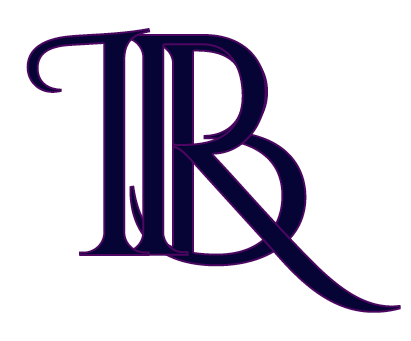
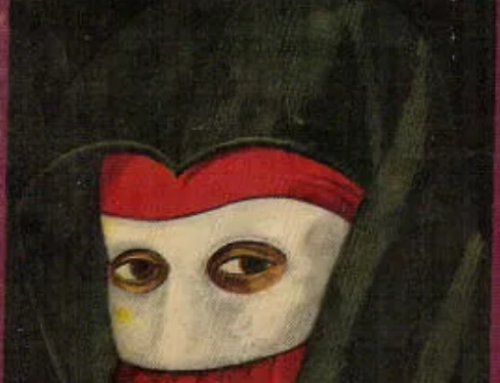
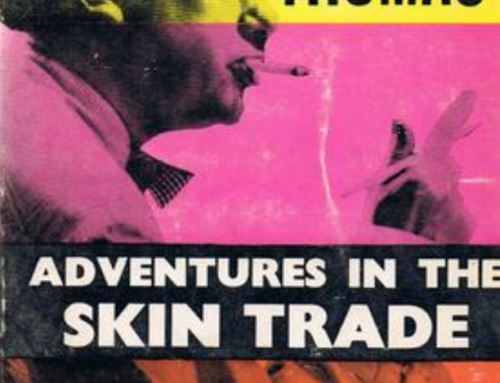
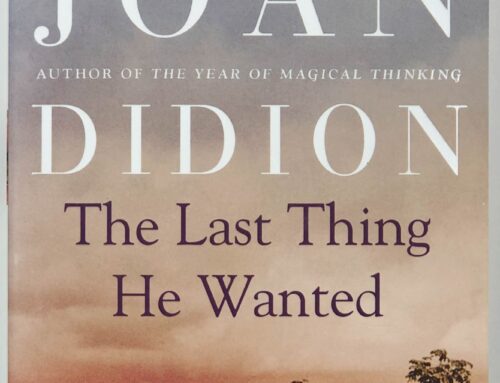
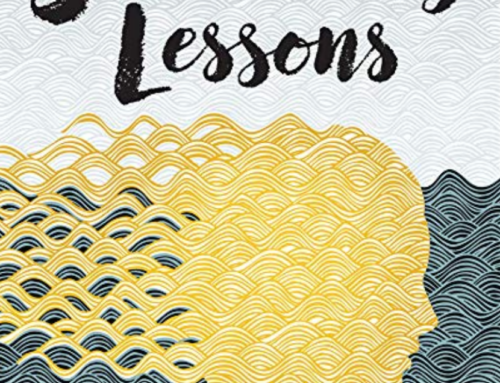
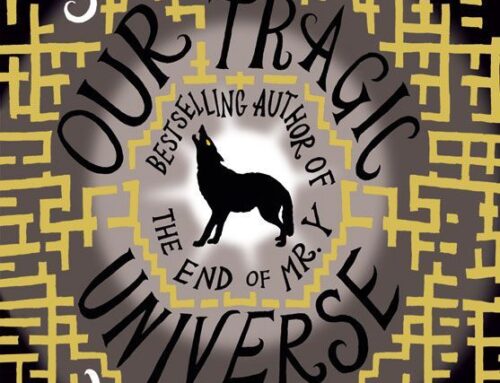
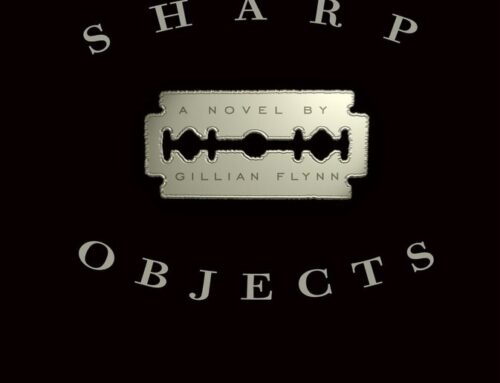
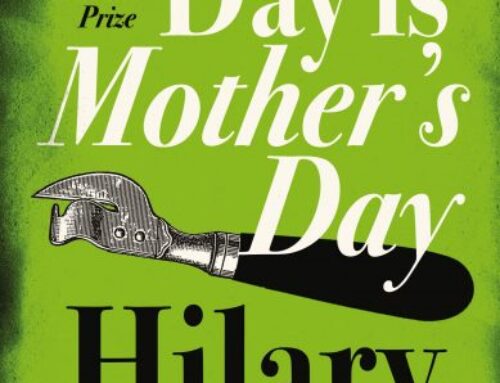
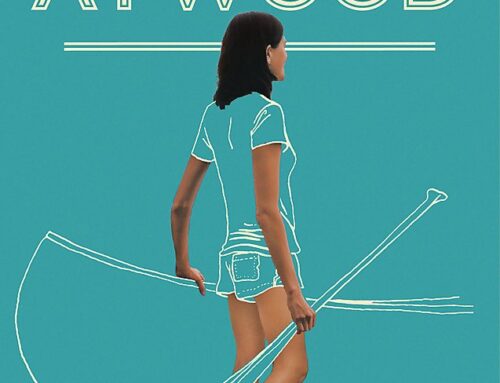
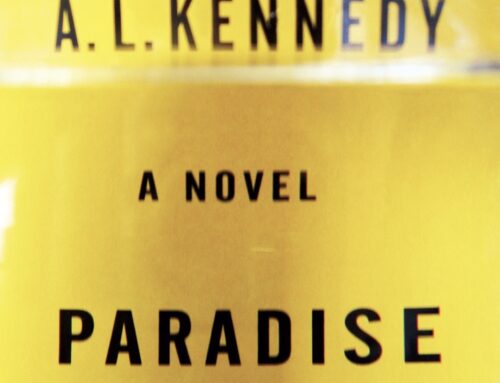
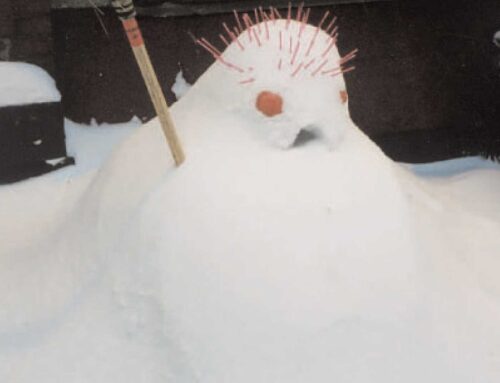
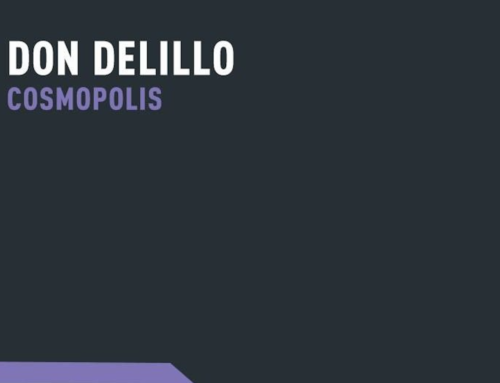
Leave A Comment